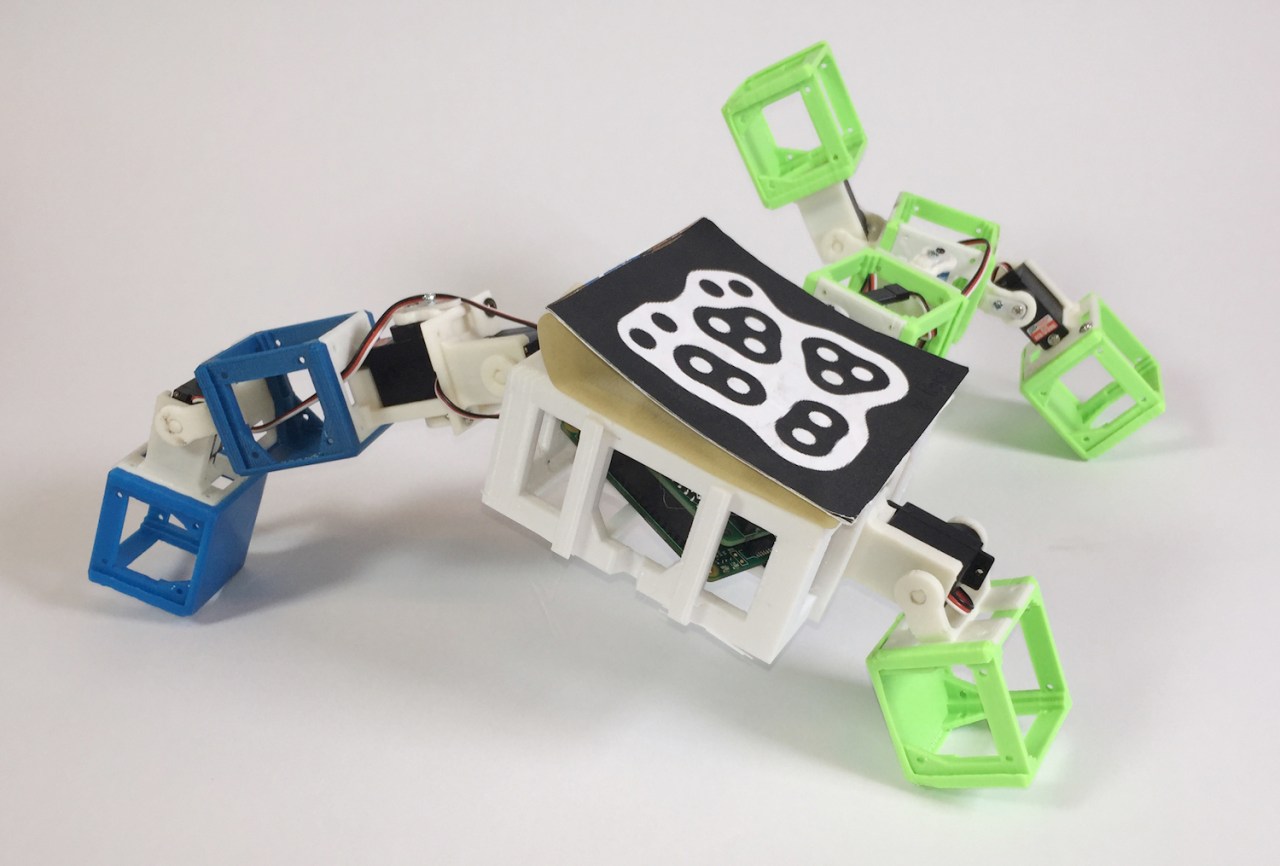In an astonishing leap that blurs the line between science fiction and reality, researchers in the Netherlands have introduced a pioneering concept: a project that explores the ability of robots to mate and create their own offspring. Dubbed the “Robot Baby” project, this initiative posits that robots can not only interact but can also reproduce through a highly unique form of algorithm-driven coupling. But what does this mean for the realm of artificial intelligence and robotics? Let’s dive into this fascinating domain to uncover the truths behind these claims.
A Leap Into the Unknown: What Does Procreation Mean for Robots?
The term “procreate” generally evokes images of natural reproduction, but in the context of this project, it refers to something significantly different. Instead of biological processes, the researchers are focusing on algorithms. Specifically, these robots use fitness evaluation programs to determine compatibility and ultimately create “offspring” by combining their configurations and coding.
The Mechanism of “Robot Mating”
At the heart of this experiment is a complex but straightforward principle of phototaxis—robots are motivated to navigate toward light. The setup involves two or more robotic entities, built from a mishmash of motorized parts, which independently move toward a light source. Their fitness—measured by speed, agility, and perhaps even the symmetry of their physical structure—allows for a compatibility assessment. After determining they are suitable mates, these robotic counterparts share their “genetic” material: the underlying code and hardware specifications. The result? The birth of a new robot, or a “robaby,” as a blend of its predecessors’ traits.
From Imagination to Innovation: Proof of Concept
This endeavor certainly raises eyebrows, bringing forth questions about the future of robotics. While the project may seem whimsical, it represents a tangible proof of concept. Although we aren’t witnessing the dawn of sentient machines ready to conquer the universe, the implications are profound. Self-modifying robots that can adapt to their environments without human intervention and use natural selection-enhanced algorithms for problem-solving might just redefine how we think about artificial intelligence.
Implications for Future Exploration
The notion that robots could one day “evolve” opens up fascinating avenues for exploration beyond our planet. The idea that these entities could adapt, reproduce, and possibly establish a presence on Mars is enthralling. Such adaptability would enable these robots to survive the harsh conditions of space, creating new ecosystems even in the most alien environments.
The Role of Natural Selection in Robotics
By employing computer-controlled natural selection—a method that simulates processes akin to biological evolution—researchers can open the door to a level of innovation that traditional engineering might avoid. For instance, imagine a scenario where robots can organically evolve to suit the specific needs of their operating environments. This could lead to the development of machines with traits we haven’t even conceptualized yet, reflecting an innovative spirit much aligned with nature itself.
Conclusion: A Brave New World of Robotics
The “Robot Baby” project offers not only a glimpse into a world where machines can mate but suggests a future where they might help us solve complex problems through their unique adaptive abilities. While some claims around the project may verge on the extravagant, it establishes a critical stepping stone towards integrating evolutionary principles into robotics. The journey is just beginning, and it’s clear that the robots of tomorrow could be far more dynamic than any we have encountered thus far.
At **[fxis.ai](https://fxis.ai)**, we believe that such advancements are crucial for the future of AI, as they enable more comprehensive and effective solutions. Our team is continually exploring new methodologies to push the envelope in artificial intelligence, ensuring that our clients benefit from the latest technological innovations.
For more insights, updates, or to collaborate on AI development projects, stay connected with **[fxis.ai](https://fxis.ai)**.

